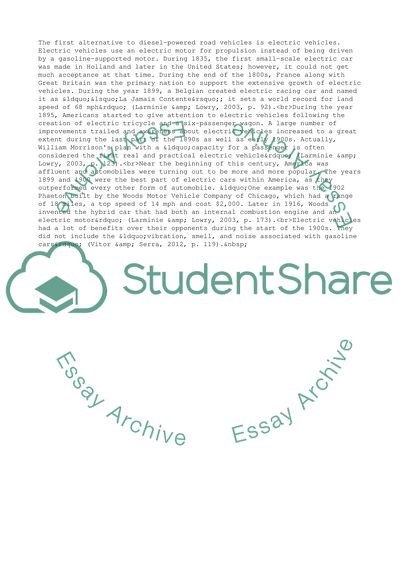Cite this document
(Transport Techniques and Management Research Paper, n.d.)
Transport Techniques and Management Research Paper. Retrieved from https://studentshare.org/management/1776420-transport-techniques-and-management
Transport Techniques and Management Research Paper. Retrieved from https://studentshare.org/management/1776420-transport-techniques-and-management
(Transport Techniques and Management Research Paper)
Transport Techniques and Management Research Paper. https://studentshare.org/management/1776420-transport-techniques-and-management.
Transport Techniques and Management Research Paper. https://studentshare.org/management/1776420-transport-techniques-and-management.
“Transport Techniques and Management Research Paper”, n.d. https://studentshare.org/management/1776420-transport-techniques-and-management.


